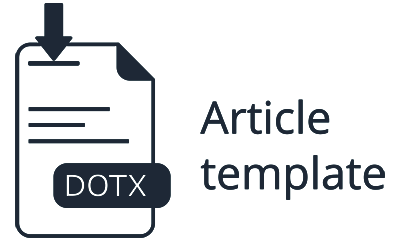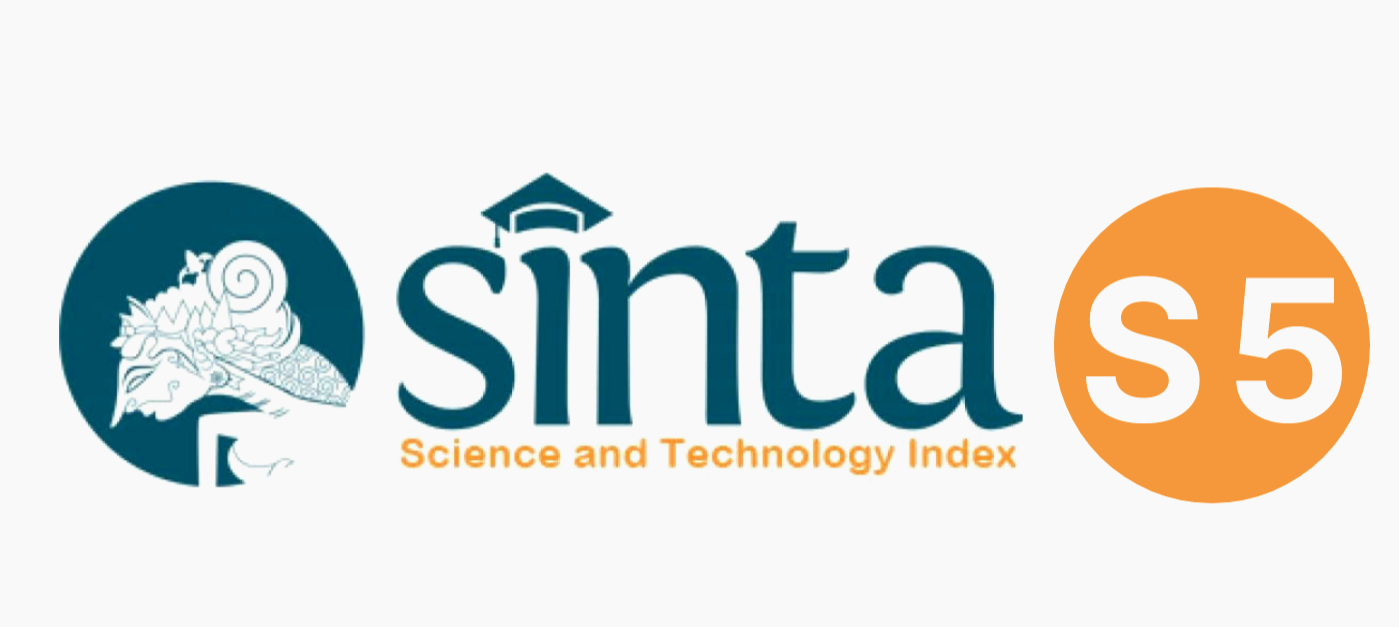Tautan Politik Antara AAM Dengan Konstituen di Dapil Tulungagung II dalam Pemenangan Pileg Kabupaten Tulungagung Tahun 2019
Abstract
In the open proportional legislative election system, the relationship between the legislative candidates and their constituents is the primary factor that determines their electability in parliamentary seats. Especially in areas with a high population, it causes hard efforts for a legislative candidate to spread his influence in society, even though in unconstitutional ways. As a result, the pathology of democracy will slowly emerge and undermine the existing political system. Therefore, the model of the legislative candidate's approach to constituents is considered to be an important thing to study. Not limited to AAM, who is the legislative candidate with the highest electability who succeeded in defeating 107 competitors from 13 different political parties in the 2019 Tulungagung District legislative election in the electoral district of Tulungagung II, which is the electoral district with the largest population in Tulungagung Regency, so this is a question mark about what kind of approach he applied to achieve this victory. Fundamentally, this research is a qualitative research, using in-depth interviews and document studies as data collection techniques, which are then validated using source triangulation techniques based on the Political Linkage Theory by Herbert Kistchelt as the analytical tool. As for the research, the results showed that there was a tendency for AAM to use clientelist linkage as a model for his political linkage with three forms of exchange, first, direct gifts in the form of money, clothing, food and other goods; second, special access in the form of benefits in public affairs through public institutions; and third, preferential access to jobs in the public/private sector regulated by public officials. In addition, this study found two "contradictory" facts between theoretical assumptions and the reality that occurred in the field, namely first, there was no specific targeting of parties receiving goods/services in political exchanges, so that the goods/services were still given even to constituents whose side is politically unpredictable; second, the occurrence of opportunistic defection by constituents to AAM even though he has carried out an iterative exchange control.
References
Auyero, J. (2000). The Logic of Clientelism in Argentina: An Ethnographic Account. Journal of Latin American Review, 35(03).
Badan Pusat Statistik Kabupaten Tulungagung. (2020). Kabupaten Tulungagung dalam Angka 2020. https://tulungagungkab.bps.go.id/publication.html?Publikasi%5BtahunJudul%5D=2020&Publikasi%5BkataKunci%5D=Kabupaten+Tulungagung+dalam+angka+2020&Publikasi%5BcekJudul%5D=0&yt0=Tampilkan
Bow, B. (2010). The Politics of Linkage: Power, Interdependence, and Ideas in Canada-US Relations. UBC Press.
Budiarjo, M. (2008). Dasar-Dasar Ilmu Politik: Edisi Revisi. Gramedia Pustaka Utama.
Burhanudin, M. (2015). Strategi Marketing Politik Calon Legislatif Partai Demokrasi Indonesia Perjuangan (PDI-P) pada Pemilu Legislatif 2014 di Kabupaten Sidoarjo [Skripsi, Universitas Airlangga]. https://repository.unair.ac.id/16630/
Clark, A. (2003). Parties and political linkage: Towards a comprehensive framework for analysis.
Dahl, R. A. (1961). Who governs? Democracy and power in an American city. Yale University Press.
Dinas Sosial Kabupaten Tulungagung. (2020). Angka Kemiskinan Kabupaten Tulungagung Tahun 2020.
Firmanzah. (2008). Marketing Politik: Antara Pemahaman dan Realitas. Yayasan Pustaka Obor Indonesia.
Gay, R. (1994). Popular organization and democracy in Rio de Janeiro: A tale of two favelas. Temple University Press.
Giddens, A., & Held, D. (1987). Perdebatan Klasik dan Kontemporer mengenai Kelompok, Kekuasaan dan Konflik. Edisi 1. Rajawali Pers.
Kitschelt, H. (2000). Linkages between Citizens and Politicians in Democratic Polities. Comparative Political Studies, 33(6–7), 845–879. https://doi.org/10.1177/001041400003300607
Kitschelt, H., & Wilkinson, S. (Eds.). (2007). Patrons, clients, and policies: Patterns of democratic accountability and political competition. Cambridge University Press.
Komisi Pemilihan Umum Kabupaten Tulungagung. (2019). Daftar Calon Tetap Anggota DPRD Kabupaten Tulungagung dalam Pemilihan Umum Tahun 2019. https://kputulungagung.id/hasil-pemilu/hasil-pemilu-legislatif-tahun-2019/
Miles, M. B., & Huberman, A. M. (2005). Qualitative Data Analysis (terjemahan). UI Press.
Moleong, L. J. (2005). Metodologi Penelitian Kualitatif. PT Remaja Rosdakarya.
Schwarzkopf, S. (2011). The Consumers as Voter, Judge, and Jury: Historical Origins and Poltical Consequences of a Marketing Myth. Sage Publication.
Sofaer, S. (1999). Qualitative methods: What are they and why use them?. Health Services Research. 34(5). https://www.ncbi.nlm.nih.gov/pmc/articles/PMC1089055/
Sugiyono. (2016). Metode Penelitian Kuantitatif, Kualitatif dan R&D. Alfabeta.
Tim Pelaksana Pokir AAM. (2016). Bantuan Pembangunan Pokir AAM 2016-2018.
Ulia, S. (2016). Peran Broker Politik dalam Pemilihan Legislatif: Studi Kasus Peran Urang-Urang Lapau dalam Memenangkan Calon Anggota Legislatif di Pemilihan DPRD Kota Pariaman Tahun 2014. Universitas Indonesia. https://lib.ui.ac.id/m/detail.jsp?id=20432146&lokasi=lokal
 Abstract viewed = 123 times
Abstract viewed = 123 times
 PDF (Bahasa Indonesia) downloaded = 127 times
PDF (Bahasa Indonesia) downloaded = 127 times







